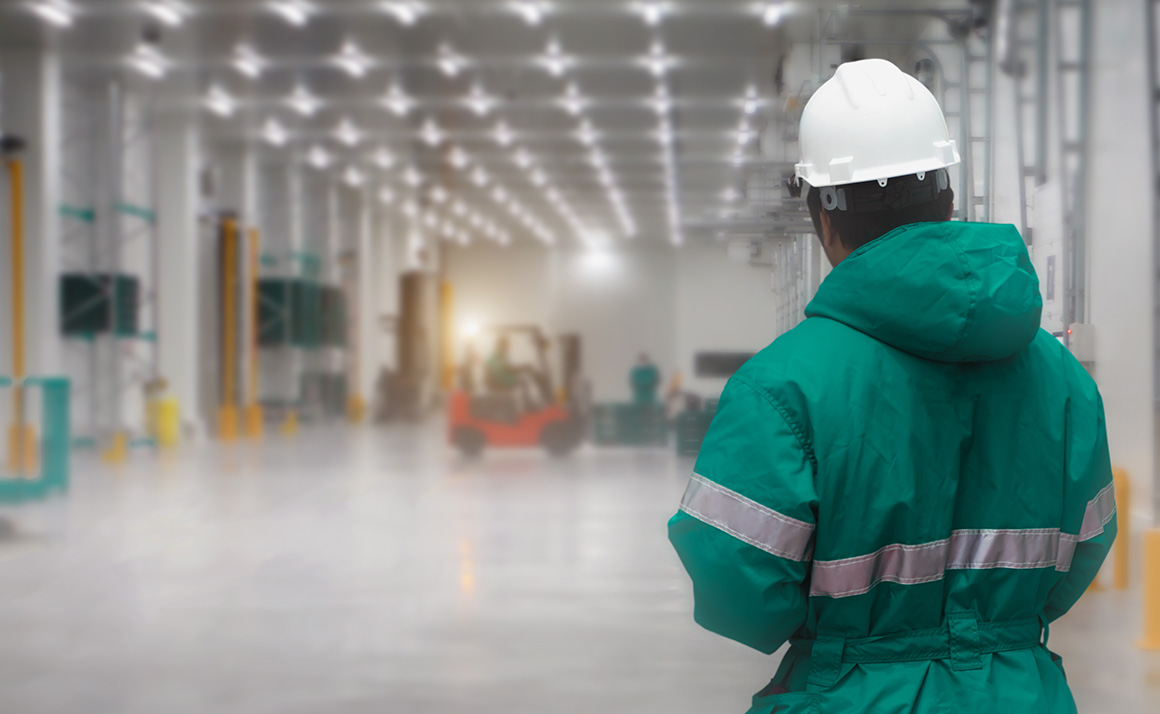
Fresh opportunities in cold storage
Real estate investors are targeting Asia Pacific cold storage, encouraged by the sector’s growth prospects and its increasing sophistication.
Real estate investors are targeting Asia Pacific cold storage, encouraged by the sector’s growth prospects and its increasing sophistication.
Cold storage facilities are a specialised form of warehousing, used for food and other perishable items, and leased to cold chain logistics companies.
The COVID-19 pandemic was a boost for the sector, says John Talbot, co-founder and CEO of logistics consultancy LCA Savills. “It caused a significant rise in demand due to the shift from restaurant to dine at home, increased food stock holdings as well as the increased requirement for vaccine storage.
“The sector’s higher profile has also sparked increased interest from real estate investors.”
The data for the Asia cold chain sector look good; research company IMARC Group estimates it will grow to $255 billion in 2026, from $111 billion in 2020, growing faster than the region’s GDP.
While the boost from the pandemic is fading, structural drivers for the sector remain. Asia’s growing middle classes demand better fresher food, wine and more grocery shopping is being done online. The region’s aging populations mean demand for pharmaceuticals continues to rise.
One of the hurdles for investors in cold storage is the fragmentation of the tenant market. However, Talbot says: “We are starting to see acquisitions across Asia, but it is still a localised and fragmented industry.”
At the same time, new-build cold storage warehouses are becoming more sophisticated and using more automation. While older facilities boast nothing more sophisticated than forklift trucks, Lars Amstrup, COO of LCA Savills, says: “Automated storage and retrieval systems (ASRS) are entering Asian cold stores in a significant way, alongside with goods-to-man picking set-ups.
“Automation will achieve the same storage quantity in a smaller building, reduce power usage and increase the productivity of warehouse operatives. Yet the capital cost is not significantly higher for a new build facility.”
As in the logistics sector, most of the stock around Asia is older and unsuitable for adaptation to automation, so demand for new build modern space is set to grow.
Automated facilities will reduce operating costs for tenants, which ought to lead to them being prepared to pay higher rents. Coupled with longer lease terms – cold storage leases tend to be twice as long as those for dry warehouses – modern cold storage space looks attractive to real estate investors.
Amstrup says: “We would argue that a well located, well designed automated warehouse will outperform conventional competition from an operating cost perspective – so this is the lens through which to view any such investment.”
Markets such as China, South Korea, Australia, Japan, Singapore and Hong Kong are likely to be targets for investors in cold storage facilities, due to their wealth, growth in online shopping and burgeoning life sciences sectors. However, developing ASEAN markets and India will also see growing demand for better space.
Global investors such as Nuveen and PGIM have begun to acquire cold storage facilities in Asia, while logistics developer ESR recently announced it would build a state-of-the-art cold storage facility in Hong Kong.
Jack Harkness, director, regional industrial and logistics, Asia, at Savills, says: “Real estate investors are starting to pay a lot of attention to this growing niche and we predict more transactions and institutional involvement.”
Further reading:
LCA-Savills
Contact Us:
Simon Smith | Jack Harkness



